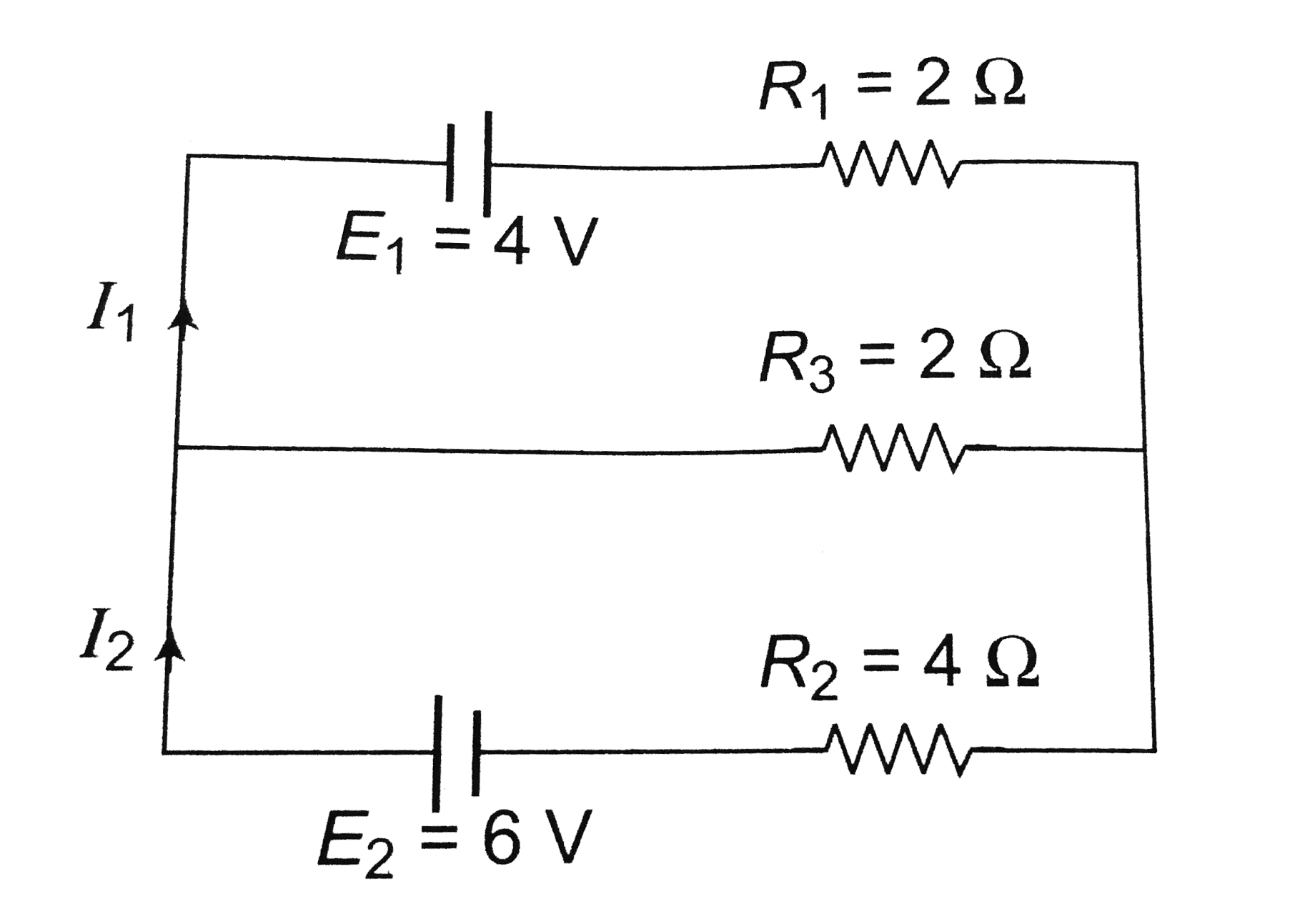With the help of the following equation and data choose the wrong statement .
I.  Eact=+435.1kJ
Eact=+435.1kJ
II.  Eact=+410.0kJ
Eact=+410.0kJ
III.  Eact=+368.0kJ
Eact=+368.0kJ
IV.  Eact=+343.0kJ
Eact=+343.0kJ
V.  Eact=355.6kJ
Eact=355.6kJ
(a) Thermal creaking of (C--H) bond of methane occurs at 1500 K and that of (C--H) bond of ethen break at 800 - 900 K.
(b) during homolysis of ethane at high temperature, the (C--C) bond breaks more radily than (C--H) bonds.
(c) During the cracking of n-butane, reaction (IV) occurs more readily than reaction (V).
(d) Formation of CH3C.H2 radical by reaction (II) will take place at lower temperature than the formation of C._(2)H5 radical by reaction (IV).
The correct Answer is:D
Lower the Eact of first step of chain propagatiopn reaction, more easily the bond can be broken. Also this bond breaking will take place comparatively at a lower temperature.
Topper's Solved these Questions
- ALKANES AND CYCLOALKANESBOOK - CENGAGE CHEMISTRY ENGLISHCHAPTER - ALKANES AND CYCLOALKANESEXERCISE - Archives
13 Videos
- ALKANES AND CYCLOALKANESBOOK - CENGAGE CHEMISTRY ENGLISHCHAPTER - ALKANES AND CYCLOALKANESEXERCISE - MCQ
20 Videos
- ALKENES AND ALKADIENESBOOK - CENGAGE CHEMISTRY ENGLISHCHAPTER - ALKENES AND ALKADIENESEXERCISE - Single correct Answer
14 Videos
Similar Questions
The E∘ at 25∘C for the following reaction at the indicated concentrations is 1.50 V. Calculate the ΔG in kJ/mol 25∘C :
View SolutionRate constant k=1.2×103mol−1Ls−1 and Ea=2.0×102kJmol−1. When T→∞:
View SolutionFollowing are the values of Ea and ΔH for three reactions carried out at the same temperature :
I:Ea=20kJmol−1,ΔH=−60kJmol−1
II:Ea=10kJmol−1,ΔH=−20kJmol−1
III:Ea=40kJmol−1,ΔH=+15kJmol−1
If all the three reaction have same frequency factor then fastest and slowest reaction are :
View SolutionUsing the bond enthalpy data given below, calculate the enthalpy of formation of acetone (g).
Bond enegry C−H=413.4kJmol−1,
Bond enegry C−C=347.0kJmol−1,
Bond enegry C=O=728.0kJmol−1,
Bond enegry O=O=495.0kJmol−1,
Bond enegry H−H=435.8kJmol−1,
ΔsubHΘC(s)=718.4kJmol−1
View SolutionIn the circuit shown below E1=4.0V,R1=2Ω,E2=6.0V,R2=4Ω and R3=2Ω. The current I1 is

View SolutionWhat is the activation energy for the reverse of this reaction?
N2O4(g)→2NO2(g)
Data for the given reaction is :ΔH=+54kJand Ea=+57.2kJ:
View SolutionCalculate the lattice energy of the reaction
Li⊕(g)+CIΘ(g)→LiCI(s)
from the following data:
ΔsubHΘ(Li)=160.67kJmol−1,12D(CI2)=122.17kJmol−1<br>IP(Li)=520.07kJmol−1,EA(CI)=−365.26kJmol−1 and ΔfHΘ(LiCI)=−401.66kJmol−1
View SolutionThe heat of atomization of a compound XY3 in gaseous state is E kJ mol−1 what is the X-Y bond energy of kJ mol−1 unit?
View SolutionA photon having λ=854Å cause the ionization of a nitrogen atom. Give the I.E. per mole of nitrogen in KJ
View SolutionHalf cell reactions for some electrodes are given below
I. A+e−→A−,E∘=0.96V
II. B−+e−→B2−,E∘=−0.12V
III. C++e−→C,E∘=+0.18V
IV. D2++2e−→D,E∘=−1.12V
Largest potential will be generated in which cell?
View Solution
